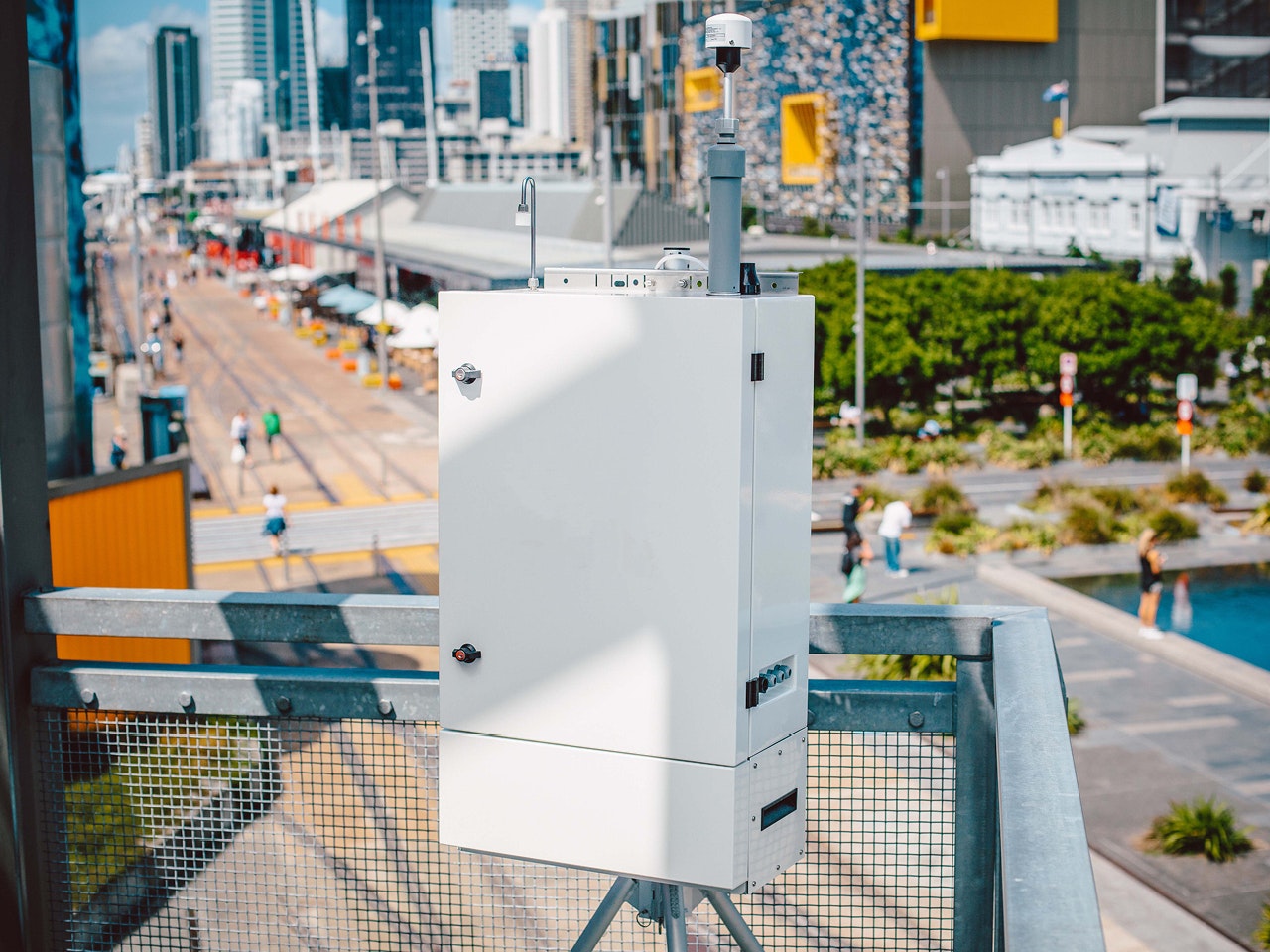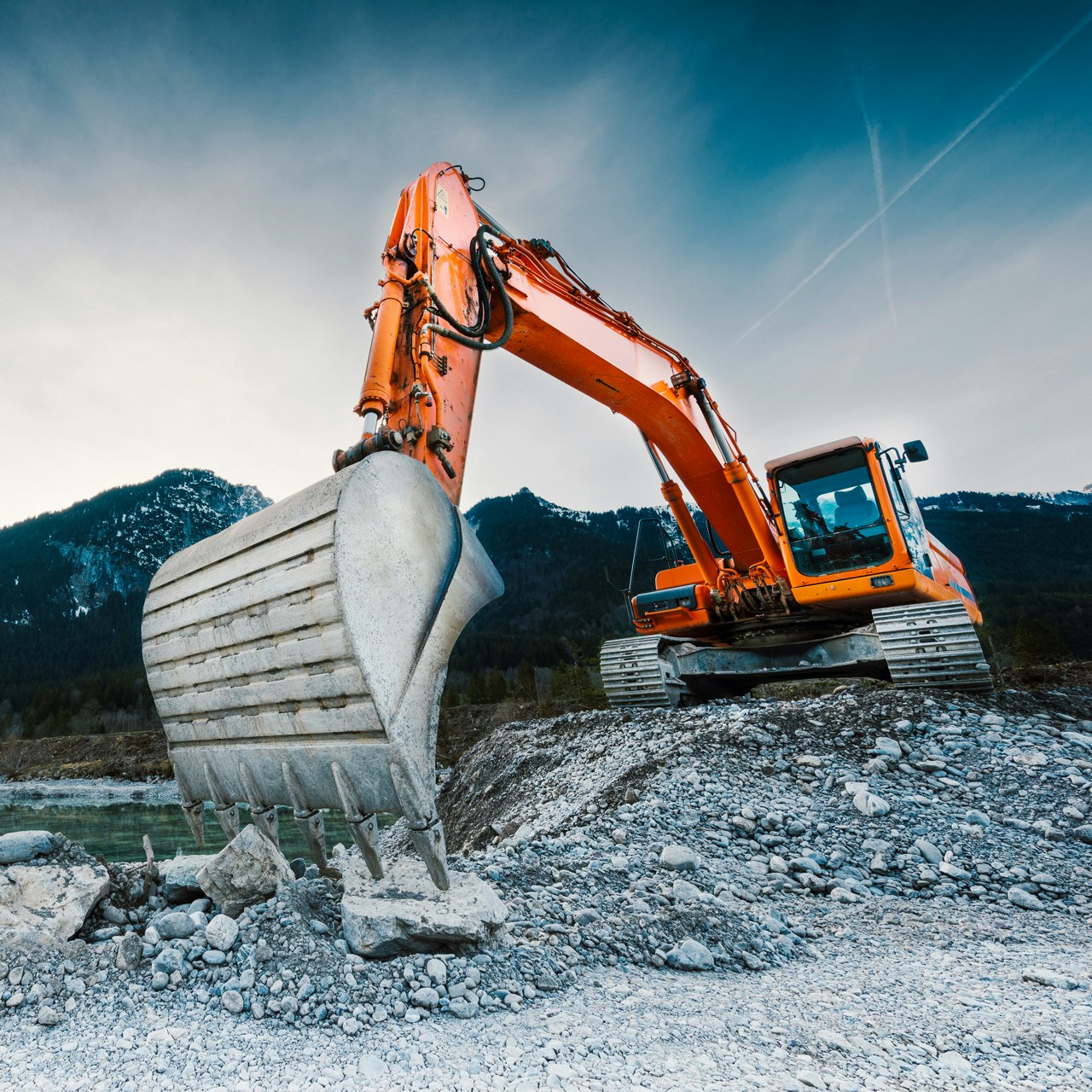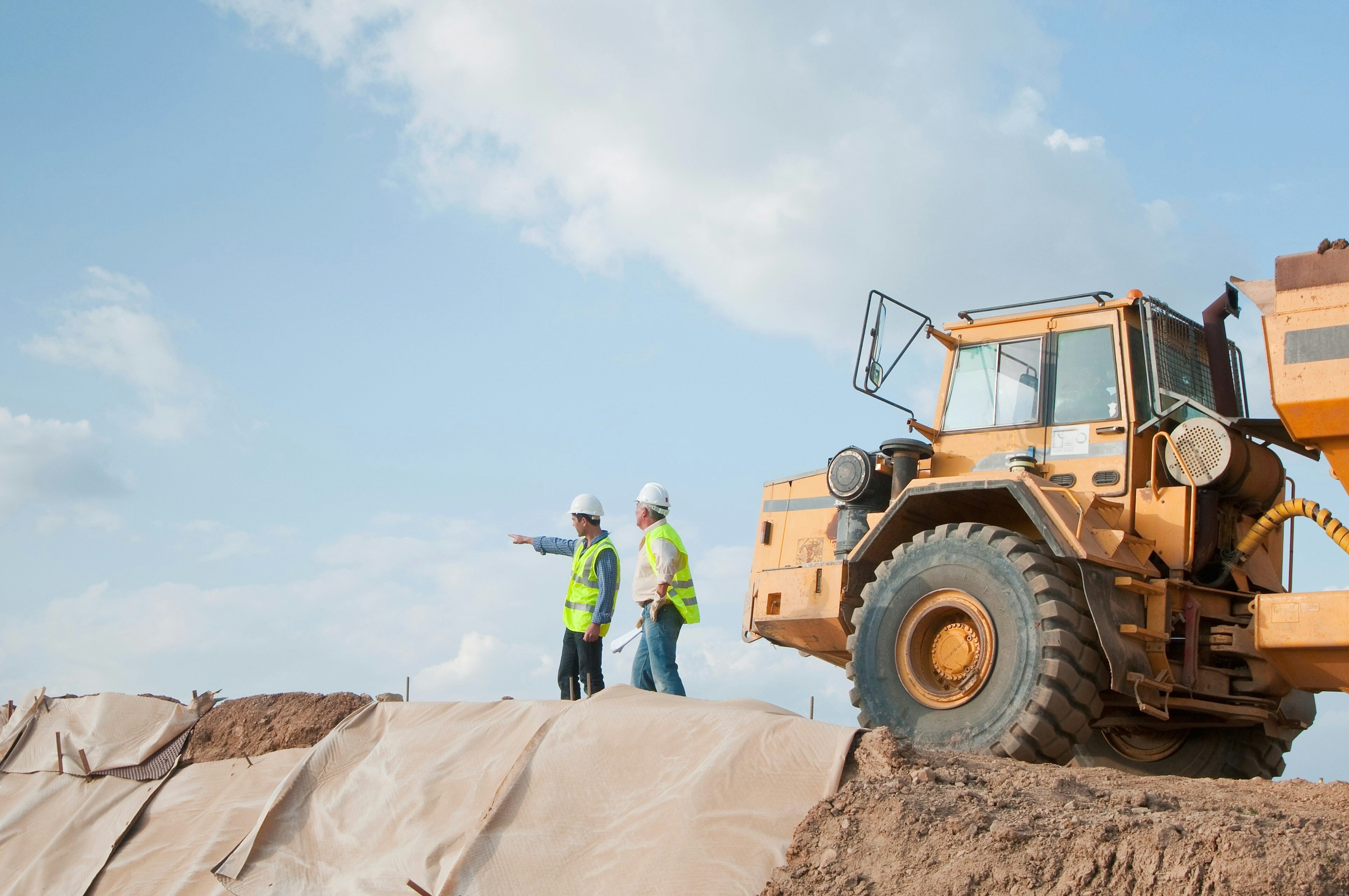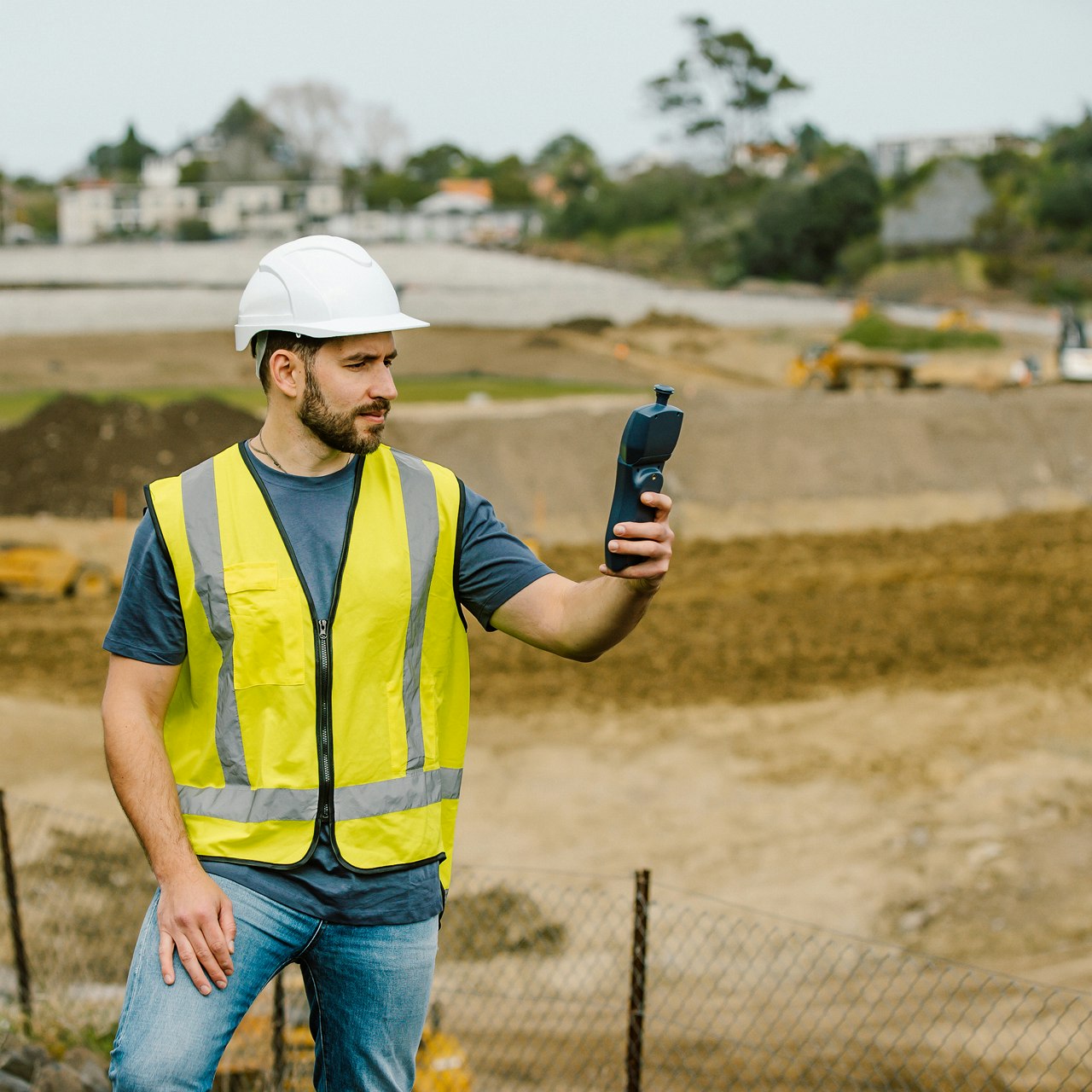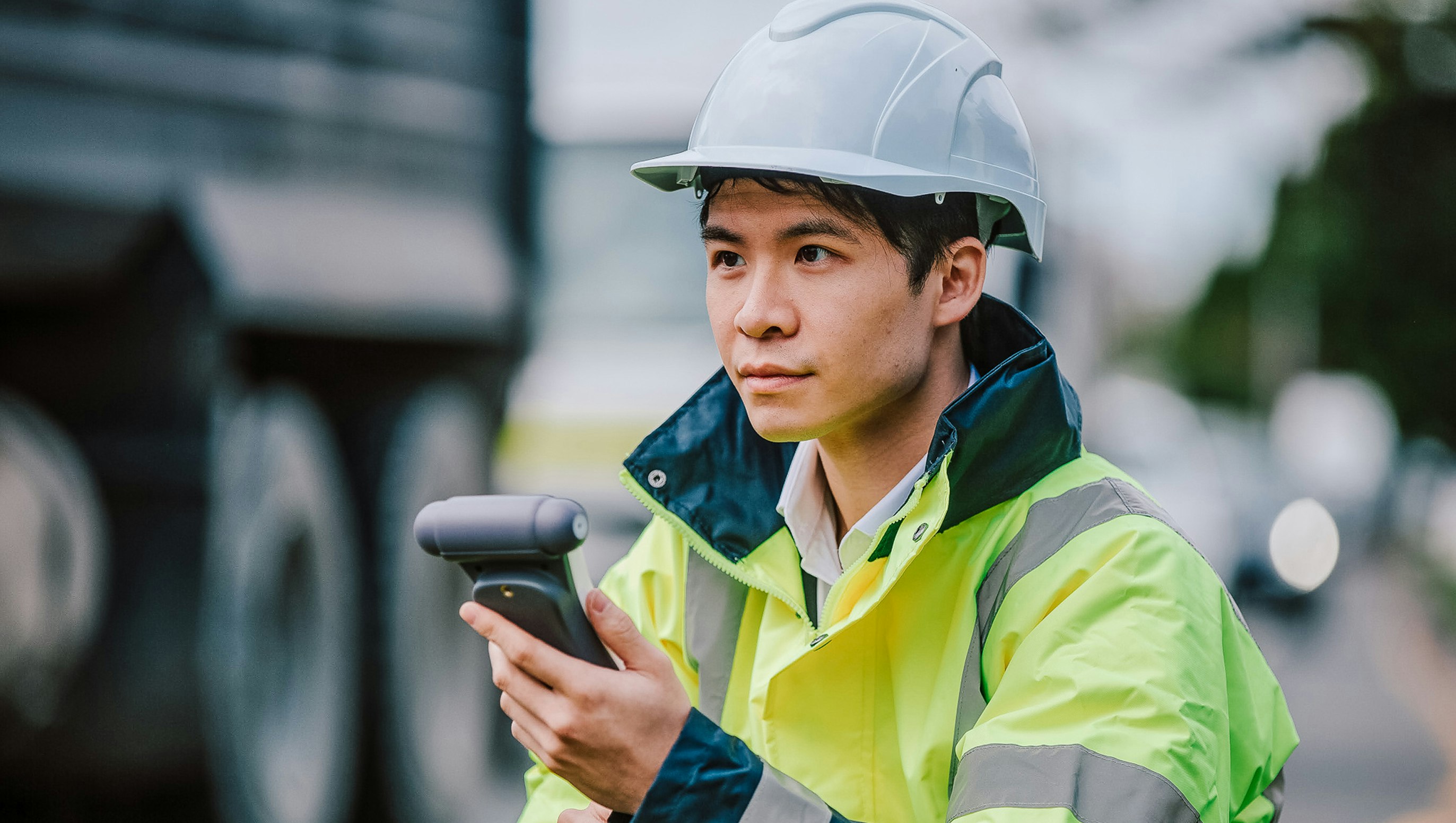Blog
Remediation and Air Quality: What is the Difference Between Brownfield & Greenfield Sites?
Article Details
Last Updated
15 October 2025
Published
10 November 2022
Category
Remediation
When breaking ground on a new project, developers must choose between a “brownfield” or “greenfield” site. The question of brownfield vs greenfield comes down to more than just location. Budget, lead time, and the potential impact on the surrounding environment can vary markedly between greenfield and brownfield projects. No matter the choice of site, a reliable air quality monitoring system is crucial for ensuring any potential disruption is kept within safe limits. Here, we’ll explore the difference between brownfield vs greenfield projects, a few safety concerns every developer should be aware of, and how we can help you deliver a successful project for customers and the community.
What is the difference between brownfield vs greenfield sites?
A brownfield site is defined as any land that has previously been built on. Think disused factories, outmoded office buildings, or any location that was once a work site. A greenfield site sits at the opposite end of this spectrum, referring to land that has yet to be developed. Given the nature of urban sprawl, greenfield sites tend to be more rural, located on the fringes of cities or out in the countryside. By necessity, most urban land tends to be brownfield. So, what factors should a developer consider when choosing between greenfield or brownfield sites? How does air quality come into play, and what tools can help you most effectively manage any potential disruption?
Understanding the risks of brownfield vs greenfield development
With any brownfield site, but especially when it comes to formerly industrial land, redevelopment carries a certain level of risk. In digging up previously contaminated soil, volatile organic compounds (VOCs) can re-enter the atmosphere. VOCs can wreak havoc on the environment, while causing headaches, throat irritation, and damaging internal organs. With their general proximity to more densely populated areas, brownfield sites also need to be mindful of noise pollution, airborne particles (such as PM2.5) from equipment and machinery emissions, and the responsibility (both legal and moral) to protect the health of surrounding residents.
Brownfield vs greenfield development as a path to urban regeneration
While brownfield redevelopment is governed by strict regulations, greenfield sites aren’t without their own set of difficulties. Both government and communities tend to be concerned about the continued loss of green spaces, along with the threat of a possible spike in pollution brought by remediation work and increased traffic. These factors make obtaining local government consent an often-arduous process. Many council regulations make a point of incentivizing brownfield redevelopment. In areas like the Gowanus Canal, remediation is seen as a path toward urban regeneration, enlivening certain areas while preserving green land. Brownfield redevelopment, when executed safely and in tandem with a robust monitoring system, can help transform previously hazardous areas into liveable homes, offices, shopping centers, and schools.
Mitigating the environmental impact of brownfield and greenfield projects
For site managers and air quality consultants looking to mitigate the environmental impact of construction and remediation, the AQS and AQM Series monitoring systems offer simultaneous real-time measurement of key criteria pollutants (including PM2.5, VOCs, NO2, and more). With a strong correlation to U.S. EPA reference monitors and a robust, weatherproof enclosure, the AQS 1 Remediation Air Quality Monitor produces accurate, credible data in just about any climate. For large-scale projects, the AQM 65 Ambient Air Monitoring Station can be linked together to form an affordable high-density ambient pollution monitoring system. Site remediators, industrial and occupational hygienists, and environmental health and safety professionals around the world use Aeroqual systems to on brownfield and greenfield projects alike to comply with local air quality standards, avoid costly shutdowns and delays, and keep workers and the community safe.
Automating remediation monitoring via smart software
Our project-based air monitoring software - Aeroqual OneView – is powered by automated calculations and real-time alerts. Aeroqual Site Contribution automatically tracks underlying pollution in the area, preventing you from being held responsible for someone else's actions. In-built selectable air quality regulations (including SC AQMD Rule 1466 and simplified NY DER-10) help optimize your reporting in line with regulatory best-practice. Real-time alerts and remote data access via a live dashboard help reduce on-site visits and enable swift action in the event of an exceedance.
Want to find out more?
Reduce your environmental footprint, safeguard community health, and minimize potential liability with Aeroqual Site Contribution and a real-time air quality monitoring system. Get in touch about your next brownfield or greenfield development, and we'll help you find the perfect monitoring solution!
Related products
Remediation monitoring made easy
Take the time and hassle out of your next remediation project with a real-time air quality monitoring solution.




